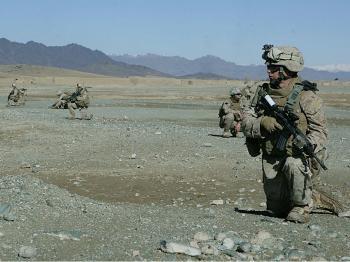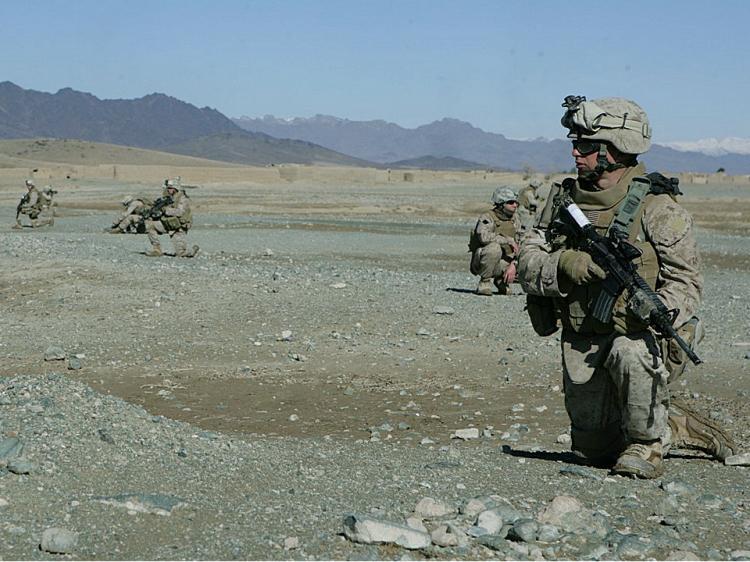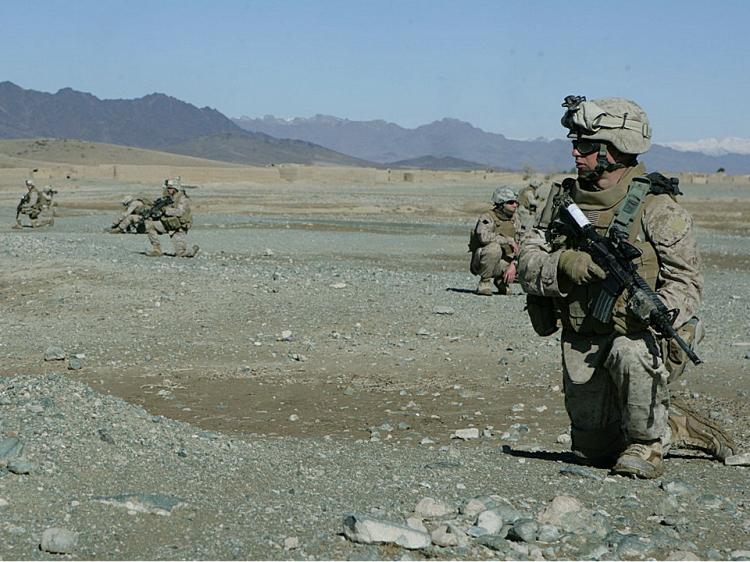Pentagon officials have said that about 20,000 U.S. forces are prepared to deploy to Afghanistan over the next several months. The deployments include an Airborne Army brigade. Additional forces will bring the U.S. troop level in the country to more than 50,000, plus 20,000 NATO troops.
Part of the increase will include the 82nd Combat Aviation Brigade, 82nd Airborne Division, from Ft. Bragg, N.C. The brigade will deploy approximately 2,800 soldiers to Afghanistan in the spring of 2009.
The additional troops will join the International Security Assistance Force (ISAF), adjoined to NATO. The Army brigade follows a Marine battalion deployed in November.
Both the Marine and Army units had been slated for Iraq. But according to Secretary of Defense Robert Gates, in testimony before the House Armed Services Committee in September, successes in Iraq allowed for the switch in deployment.
The Defense Secretary was not all confidence in his predictions about the affect increased manpower will have, though.
“As in Iraq, however, additional forces alone will not solve the problem,” said Gates during his testimony.
The Army brigade will provide a range of defense capabilities, including rotary wing aviation, attack, assault, reconnaissance, medical evacuation, cargo, command and control, and airspace management. According to the Army, the brigade’s mission is to sustain and support operations ranging from combat to civil support.
During a trip to Afghanistan earlier this week, Navy Adm. Mike Mullen, the highest-ranking U.S. military officer, said that a “hold and build” strategy will be employed in the country. The Taliban has staged a resurgence in a large number of Afghan villages in recent years.
The U.S. government has said that more helicopters, medical support, security forces, police trainers, engineers, intelligence, surveillance and reconnaissance assets are needed in Afghanistan.
The increased military presence and strategic focus in Afghanistan comes at the same time that U.S. troops are drawing down in Iraq.






